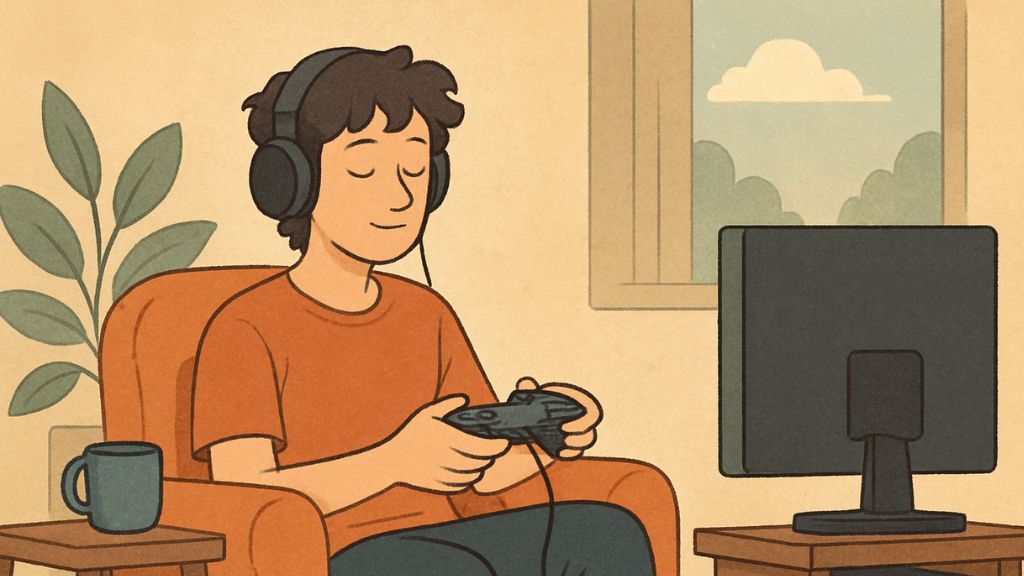Design Moves That Capture Attention
Experienced designers arrange every room to guide the eye, every sound to guide the ear, and every reward to guide motivation. The player never asks what to do next; the answer sits one camera pan away.
Structural choices that steady the mind
- A single objective marker per scene so the brain saves energy otherwise spent guessing.
- Immediate feedback such as light pulses, short music riffs, or gentle haptic taps that confirm progress without words.
- Difficulty that rises in small steps letting tension grow without snapping focus.
- Menus trimmed to essentials to prevent context switching, the silent killer of concentration.
Why the Loop Feels Like Vacation
Games look intense yet function like guided meditation with lasers. Each cycle gives a mild dopamine burst for success and a quick path back after failure. The chemical seesaw counters the background cortisol built during a hectic day. Because the title juggles timing and reward, the player can drop worries, trusting the design to keep momentum.
Body Rhythms Join the Show
Late in a session heart rate may climb, but it climbs for one visible reason, not for ten hidden ones. The nervous system loves that clarity. Similar patterns show up in distance running where repetitive strides hush background chatter.
Real-life parallels that mirror game focus
- Knitting loops and rhythm-game beats both use small repeat actions to lock out drifting thoughts.
- Crossword grids and stealth levels limit scope so attention stays gentle yet steady.
- Group yoga and shared raid mechanics rely on synchronized cues that reduce decision fatigue.
- Guided breathing apps and walking simulators slow the pulse by pacing visual and audio stimuli.
Social Layers Can Protect Focus
Co-op play seems noisy but can tighten attention even more than solo. Shared voice cues replace random chat. Everyone watches one boss bar, so side thoughts fade. Smaller multiplayer matches held at night shrink distractions further; the same rivals reappear round after round, creating a pop-up community that holds players in flow.
Where Games Slip and Break the Spell
If reward timing stutters or the screen floods with map icons, cognitive load spikes. The brain falls back to the multitask state the player wanted to escape. Smart studios now run quiet-room tests at different hours, measuring heart rate and eye movement. A sudden dart to the HUD tells them a notification arrived too soon or too bright.
Borrowing the Pattern Outside the Console
Many fans translate nightly practice into work habits. One uses the “checkpoint” idea to slice a dull report into ten micro levels, rewarding each with a stretch. Another copies rhythm-game cadence, turning housekeeping into timed cycles with music. Even some therapy apps now include coin sounds and colour flashes to mimic collectible pickups when users log small wins like drinking water or finishing a jog.
Closing Thought
A polished game is not mere escape. It is a lesson in managing limited attention. By lighting one path and sweeping clutter aside it grants the brain a short, honest rest. Players set down the controller mentally lighter, not because they avoided effort, but because the effort stayed clear and bounded. In a fractured world that simplicity may be the most underrated form of care a power button can give.
Recommended Post
About The Author
Vignesh Muthu
author
Vignesh Muthu is a passionate UI/UX Developer and entertainment blogger who brings design thinking and storytelling together. With a strong foundation in user-centric design, he blends creativity and analysis to write compelling content around celebrity biographies, movie box office collections, and the latest entertainment news. When he’s not sketching wireframes or perfecting interfaces, Vignesh dives deep into cinema culture—crafting blog posts that inform, engage, and spark curiosity.










